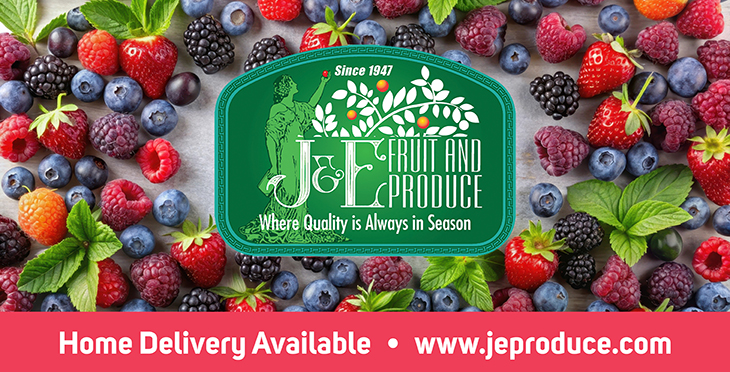Our property is just a few thousand square feet, largely occupied by our modest house. But the Carolina wrens I have been watching over the years are orders of magnitude tinier, each five or six inches and weighing in at a little over half an ounce. That would be a very feisty half an ounce, if you know anything about wrens.
These two birds, constituting a very charming pair, have been continuously reintroducing me to the very land I have lived on for over 50 years and teaching me things about it. First of all, about dimension and texture and microhabitats.
Wrens are not so much out-in-the-open, sit-up-in-a-high-branch-and-sing birds. They are skulkers, darters, lovers of the recesses and shadows and understories of things. They will occasionally spring up onto something and deliver a quick rhapsodic string of notes or a belligerent chattering barrage, but more often they are silently patrolling the abundant netherworld.
What would that be? From my deck, I see the area under the steps leading to the upstairs apartment. Ferns are growing there, joined by daylilies and being muscled out by wisteria. My wrens are constantly rummaging about in there, dashing after this or that little thing. I do not see them on the open area that passes as a lawn but on its edges, in the dense growths of hydrangea and oregano and asters, the raspberries, the oriental bittersweet I can’t get rid of, the struggling lowbush blueberries that eke out an existence under the Rosa rugosa, the piles of last year’s leaves, and the fallen logs and branches of oaks and maples and cedars on the edge of the woods.
It is extremely challenging to see exactly what they have in their thin curved bills, so I did a bit of research. I have a delightfully ancient treatise (American Wildlife & Plants: A Guide to Wildlife Food Habits, Martin, Zim, and Nelson, 1951) that tells me “The Carolina Wren’s fare consists primarily of ants and other Hymenoptera, flies, and millipedes,” and adds that “fragments of small vertebrate animals are commonly found in stomachs.”
They also consume bits of plants, including the berries of poison ivy and bayberry. These data are based on analysis of more than 400 individual birds: “the stomach, crop, or intestines are removed from the collected specimen….” This was nice work if you could get it back in the early 20th century, when (after Wordsworth) researchers “murdered to dissect.” Another study from 1916 reports that, in summer, animal matter is almost exclusively eaten: “caterpillars and moths, beetles, ants, bees and wasps, grasshoppers and crickets, leaf hoppers, snails, spiders (Daddy Longlegs are ‘an apparent delicacy’) and small vertebrates such as frogs, lizards and snakes.”
We have no lizards, and it is difficult to envision a wren eating even a spring peeper or tree frog, but maybe a tiny ring-neck snake. I could see myself eating a cricket or grasshopper, but I have a difficult time imagining ingesting a hairy caterpillar, let alone a fanged spider or a stinger-armed wasp or bee.
These wrens are telling me that our few thousand unkempt feet of property maintains a population of all of the above, enough to attract and sustain this pair, along with a few catbirds, robins, sparrows, goldfinches, orioles, grackles, and perhaps an occasional hawk on the next rung of the food chain. I am sure I could do better with more targeted plantings, but even our haphazardly planted yard, full of invasives and exotics, serves these wild birds.
All this makes me think about the countless small things that exist under our very eyes without being noticed. It is the same on the beach, where the damp sand hosts organisms that feed the crabs and gulls and shorebirds. And out in the ocean, where the microscopic phytoplankton feed the tiny zooming zooplankton, which feed the little invertebrates that end up in progressively larger fishes’ (mostly sand eels’) mouths until the whales engulf them.
The dimensions of Life are never-ending. Hunger rules the world, from top to bottom. We go from aisle to aisle in the supermarket, feeding our ignorance.



